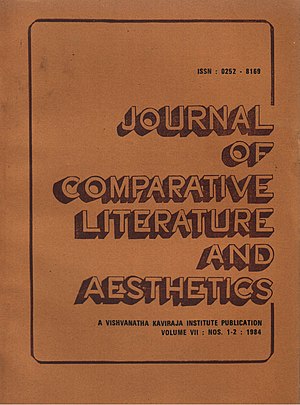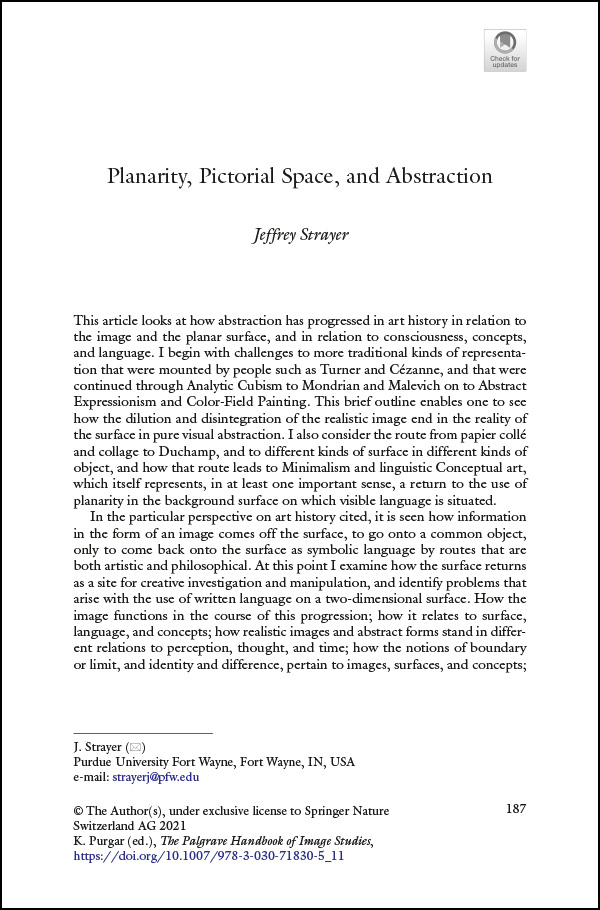Selected Writings

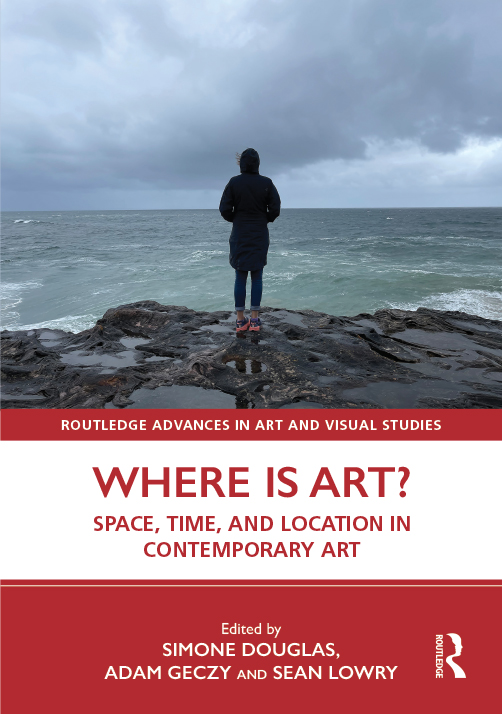

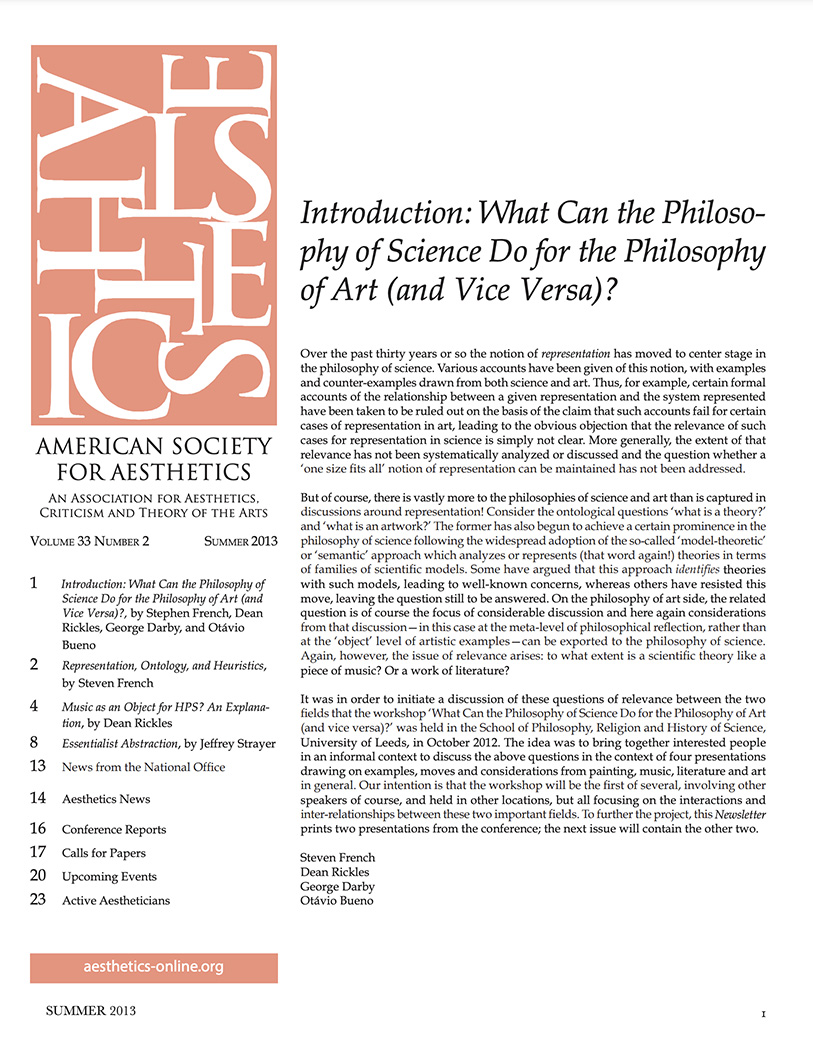
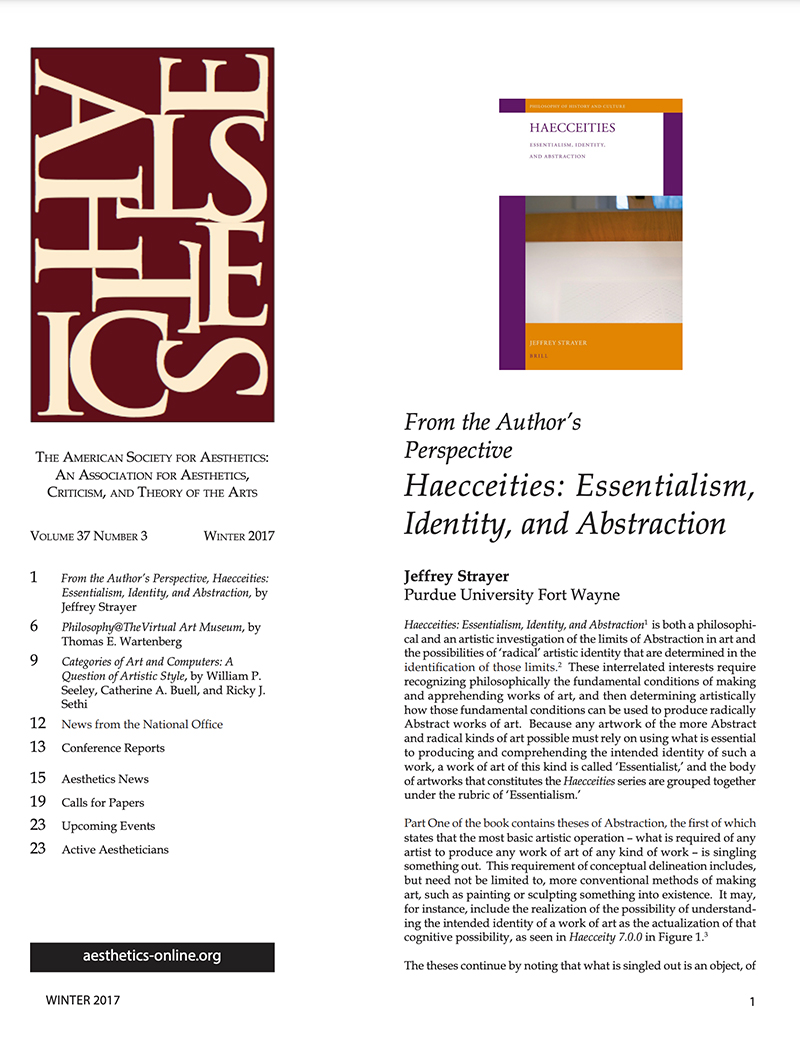
φ Philosophy Faculty Article
Art and Thought of the Minimum
by Jeffrey Strayer
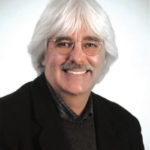 I work in two areas of investigation that can be understood to pertain to the same basic question: What are the minimum conditions of making and apprehending works of art? Although this query is easy to state, it conceals a deep complexity that is extremely difficult to answer. Once it is answered philosophically, it is just as hard to determine what can be done artistically should one want to focus on working with, as I do, those necessary conditions.
I work in two areas of investigation that can be understood to pertain to the same basic question: What are the minimum conditions of making and apprehending works of art? Although this query is easy to state, it conceals a deep complexity that is extremely difficult to answer. Once it is answered philosophically, it is just as hard to determine what can be done artistically should one want to focus on working with, as I do, those necessary conditions.
Attending philosophically to the issue of the basics in art means both looking at what is minimally required for making a work of art and stating what must occur for the intended identification of a particular artwork with a particular entity to be apprehensible. What one thus identifies for that making and apprehending is essential, and what is inessential is dispensable. Accordingly, this philosophical inquiry could be thought to parallel abstract art that focuses, reductively, on what is aesthetically necessary and discards what is not. When one abstracts material or information from something else, one takes something away and leaves something else behind. Therefore, stating the minimum conditions of making and apprehending works of art is not only philosophically interesting and valuable but can form the basis of a rigorous artistic program by determining that on which any investigation of the limits of artistic Abstraction must be based. If it is possible to identify what is essential to producing and apprehending art, then it may be possible to work creatively with the minimum conditions, considered “material,” to produce objects that reside at the limits of Abstraction. This is what I am interested in doing, and as I am working with only the essential elements for making and apprehending works of art, I call what I am doing “Essentialist Abstraction” or “Essentialism” for short.
My philosophical work, Subjects and Objects: Art, Essentialism, and Abstraction, states and examines properties of subjects and objects, or persons, and objects that are required for making and apprehending works of art, and it considers relations that hold between subjects and objects, and facts that pertain to them, that are essential to that production and apprehension. This requires attending to a number of things that are relevant to that inquiry, such as kinds and forms of conscious event; different kinds of dependent and independent object; the notion of a medium in art; and the relation of art and the aesthetic.
Additional considerations include looking at the concepts of object, property, identity, and diversity as they function as parts of the foundation of our conceptual scheme. What can be done with the indispensable material philosophically identified requires creative inquiry. This comes with a number of challenges that are as deep and intellectually taxing as the philosophy that forms the groundwork of that investigation. Not only do Essentialist investigations result in novel artworks and a different aesthetic, but artistic solutions to the problem of the limits of Abstraction provide knowledge that cannot be obtained in any other way.
Essentialist Abstraction is based on understanding that an artist must single something out that an artwork is to be understood to be. What is singled out is a particular entity with a particular identity. Identity is indispensable. Comprehension of identity is required. One way to understand the pursuit of ultimate Abstraction is for the identity of an artwork to be constructed in relation to things, such as consciousness and agency, that are required for making and apprehending even the more reductive works conceivable. Thus, it may be possible to produce an artwork whose particular identity reflects things that are essential to the construction and comprehension of that identity. And consciousness and agency can be used as media to result in an identity that not only presupposes them, but bears the imprint of their relation to its production. Anything of any sort of thing that an artwork is meant to be is this particular thing that the work is meant to be. The word ‘haecceity’ comes from the Latin for “thisness”; and I call the individual artworks in which different limits of Abstraction are determined Haecceities. And the evolving collection of these works the Haecceities series.
My forthcoming book, Haecceities: Essentialism, Identity, and Abstraction, examines selected works from the Haecceities series and considers their artistic, aesthetic, and philosophical import. Language must be used to determine the limits of Abstraction, and I use language in such a way that its comprehension is a necessary condition of the identity of that to which the language refers, and with which the artwork is meant to be identified. This replaces the standard percipient with what I term a ‘concipient’, namely, someone who must conceive of what the work is to be understood to be, so that the identity of the work is tied to that conception. At the most fundamental level, comprehended language can single out nothing—understood at least as a concept—something, or everything. The identity of an individual thing between nothing and everything is determined in relation to language that uses the material of essentialism to result in what is singled out by the language comprehended. In addition to Abstraction, Essentialism investigates the subject- object relationship, thingness, and the complex nature of identity within a conscious aesthetic context.
For information pertaining to the two books mentioned, as well as works of the Haecceities series, see JeffreyStrayer.com.
Indiana University–Purdue University Fort Wayne, Department of Philosophy Newsletter, No. 7, Fall 2013

